Museums Are Being Tasked With Radically Transforming the Way They Work. Here Are 6 Practical Steps They Can Take to Do That
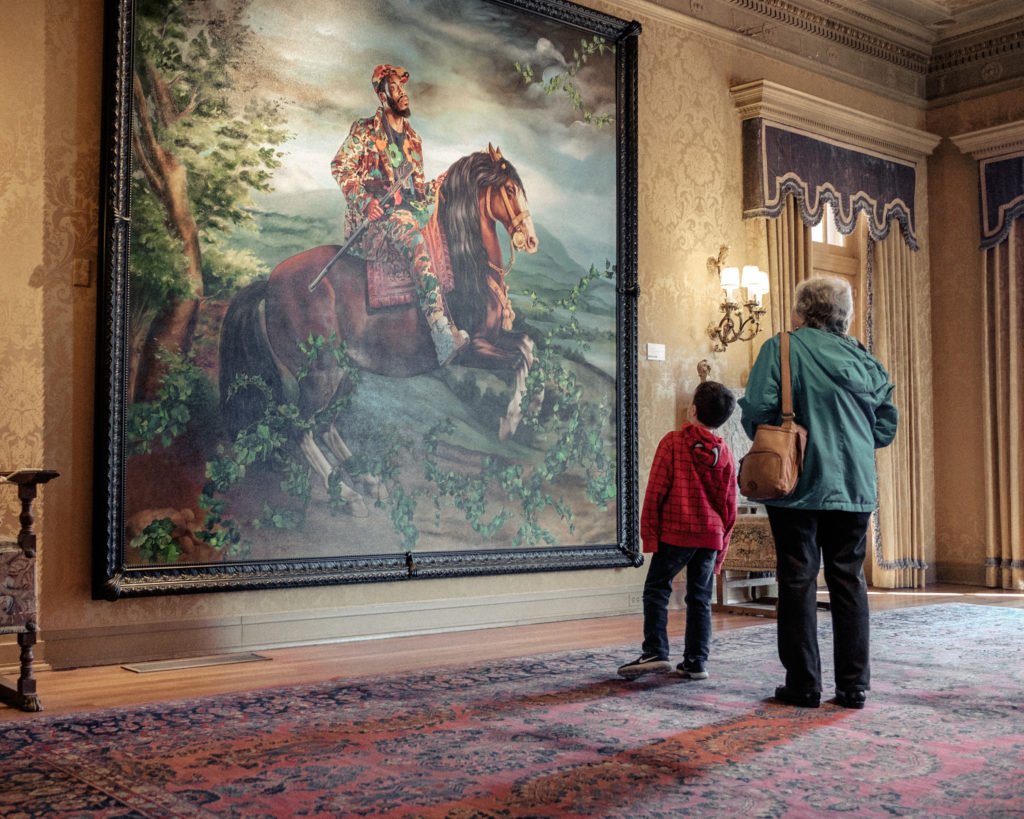
We share the article by Aaron Ambroso published in Artnet that addresses the topics discussed in the last CIMAM Rapid Response Webinar, about the urgency and pressure on museums to better represent the diversity of their communities, take a stand on police brutality, and better connect with underserved sections of the public.
Written by Aaron Ambroso, and published originally by artnet, September 1, 2020.
In the wake of the police killing of George Floyd and the widespread demands for social and political change it inaugurated, museums, alongside other institutions, are facing increased scrutiny to better represent the diversity of the United States, to take a stand on police brutality, and to better connect with underserved sections of the public.
Yet despite the groundswell of optimism about change, there are myriad structural reasons why museums will struggle to adapt to recent demands. While many innovative and experimental practices are being implemented in cultural institutions across the country, many large art museums, and especially the encyclopedic ones, remain tied to conservative models of display and organization that reflect long legacies of colonialism and racism that are too deeply entrenched in art-historical forms of knowledge for change to come easily.
As the artist Fred Wilson says, museums are “rooted in the socio-cultural eras of the past; as such these spaces embody the politics, the pain, the suffering, and the separateness characteristic of the time when the collections were formed.”
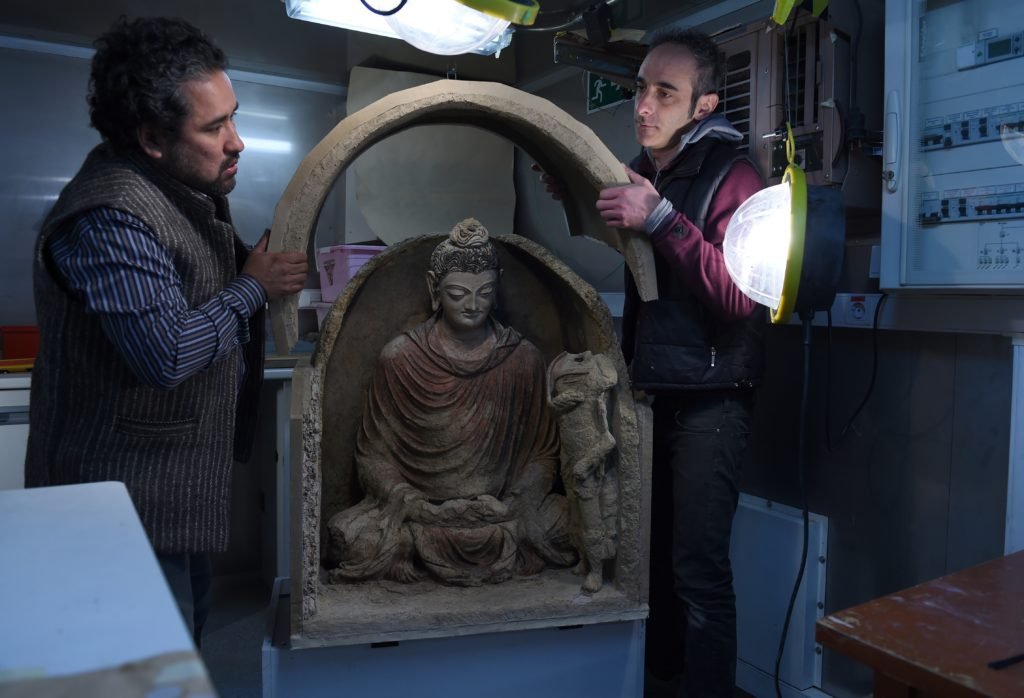
A Crisis of Expertise
Until museums change the dichotomy between their curators and their educators, on the one hand, and the communities they serve, on the other, they will have a hard time grappling with racism.
Who has the expertise and the power to show and contextualize artworks in a museum? Who has the authority to discuss how racism may be built into a particular painting? Is it the curators, trained in art history and formal analysis? Is it the educators, who bring the works from the high summit of formalized academic discussion to the public down below? What kinds of experiences and knowledge are relevant to doing this kind of work?
Part of the conundrum of expertise and experience relates to the fact that art museums must decide what aspect of an object will be emphasized. Will it be the object’s formal composition? Or its specific historical functions? Or the role it may play in ongoing political struggles? What community has the power to determine which aspect will be emphasized?
Museums must go beyond the expertise of curatorial and education staff and understand themselves as interacting with specific communities across often fraught social and geographic boundaries. Many museums have come a long way in co-creating with indigenous communities. But there are also communities only miles away from museums that may feel as far away socially as people from another continent.
Displays are always local and political, dependent on power and negotiations between specific audiences. When communities are in conflict, taking an “objective” stance on history becomes impossible. One’s position not only determines what context is relevant to an object, or the meaning of an object, it radically determines where “art” stops and “context,” or history, begins.
Yet who at the museum has knowledge about community conflict? Certainly not the curatorial nor education staffs alone. Museums should radically rethink the meaning of expertise to grapple with the issues at hand.

In-House Collaborators
A 2018 Mellon Foundation survey of museum diversity found that 80 percent of curators, educators, conservators, and museum leadership members were white.
Noticeably, the report did not collect statistics on the demographics of those in security or janitorial positions, who are generally not asked to make meaningful contributions to a museum’s educational mission, despite the fact that they often come from minority communities and may have radically different insights into collections and exhibitions.
Incidentally, museums looking to tackle issues of diversity and racism often have a wealth of insight through their own staffs. Museums should change the way guards and janitorial staff work, and incorporate them into the larger processes of the institution. What if a museum updated its African art collection with an object owned by a museum guard who immigrated from the continent? What if museum guards served as community liaisons and worked closely with staff to develop projects that related to their communities from initial planning stages?
In contrast to acts of individual creation exemplified by works of art, museums employ many people to clean, trim, and sweep—essential acts of routine maintenance that can appear mundane against the backdrop of the (masculine) act of creation that has traditionally been the narrative of Modern art. Yet these routine acts preserve and sustain in essential ways. What if they were treated as art objects themselves?
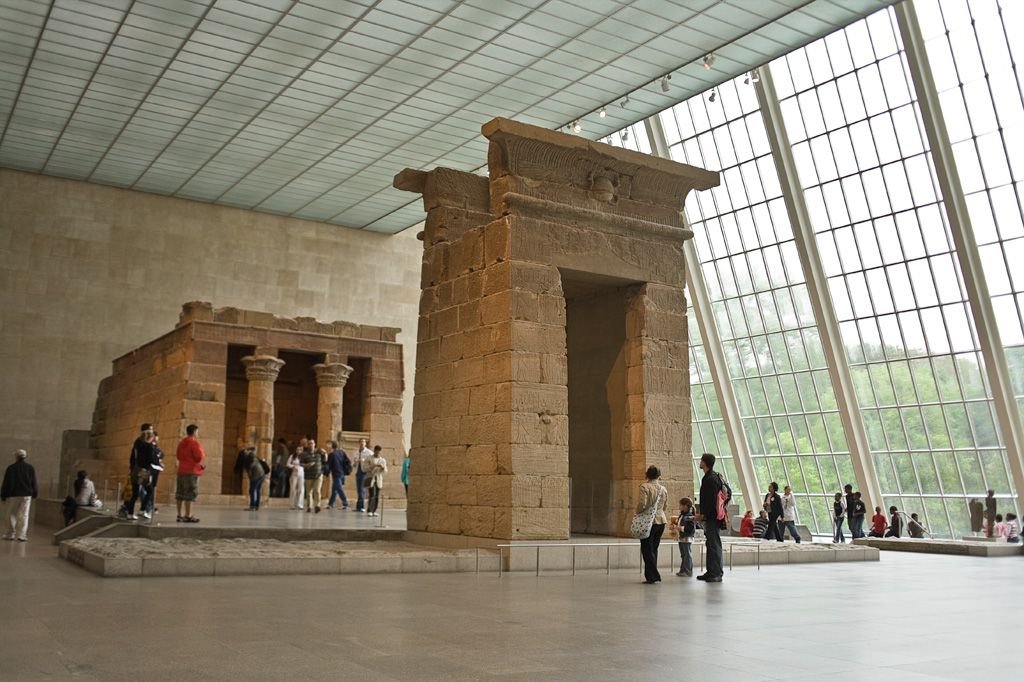
Mixing Up the Narrative
Until museums move beyond separating cultures into completely different spaces, and until they begin to address intercultural dialogue, they will struggle to tackle issues of race.
Cultural identities are important and meaningful demarcations, yet we have weighed the balance too far in terms of national and cultural distinctions at the expense of social change and hybridization. In their attempts to frame different places and peoples as independently developed cultures, museums have historically circumvented the sticky, messy realities of cross-cultural relations and change.
Many objects in museums are travelers that have been on incredible journeys across the world, changing hands in circumstances that were often colonial in nature. These objects offer yet another opportunity for museums to continue to bring stories of intercultural exchange to the fore.
There has been important work done by museums on this front, especially in the past 30 years. Many museums have begun to incorporate cultural exchanges into their displays of African and Native American art, showcasing contemporary Native perspectives and resilient and changing cultures. Working closely with Native communities from the very beginning of exhibition planning has become a norm.
But we still miss many important talking points when we place works in the context only of other works from the same place or time, as we still often do. What kinds of conversations would be generated if a Nkondi figure was placed next to a portrait by Benjamin West? Or a landscape from the Hudson River School next to a Native American cradleboard?
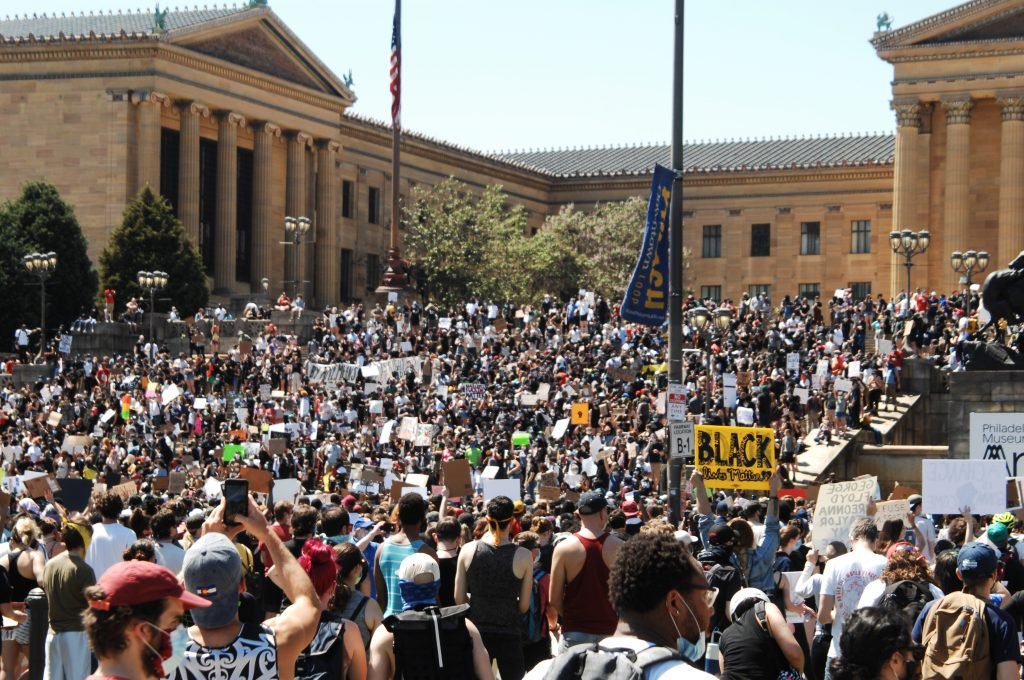
Let’s Be Neutral, Please
Museums around the country have done pathbreaking and important work addressing issues of political neutrality, and many have made explicit discussions of race, sex, and class a central part of exhibitions and programming. Yet still too often, museums display works of art with an exclusive focus on qualities that are supposed to speak in universal ways, or with blinders about the way art objects may be read in problematic ways by disadvantaged communities.
For example, is it best to emphasize a 16th-century British portrait’s technical and formal qualities? Or should we recontextualize 16th-century symbolic objects, which were closely tied to the upper nobility, to better understand the historic inequality of the present? Too often, issues of technique and formal composition can be seen as implicitly neutral—as if they do not evince a particular perspective with an implicit value system.
It was the great insight of artists in the 1960s and ’70s to highlight the gallery space as one that is productive of art experiences, not ancillary to them. Museums need to continue to question the history of neutrality and acknowledge the active role they play in stage-crafting the art experience.
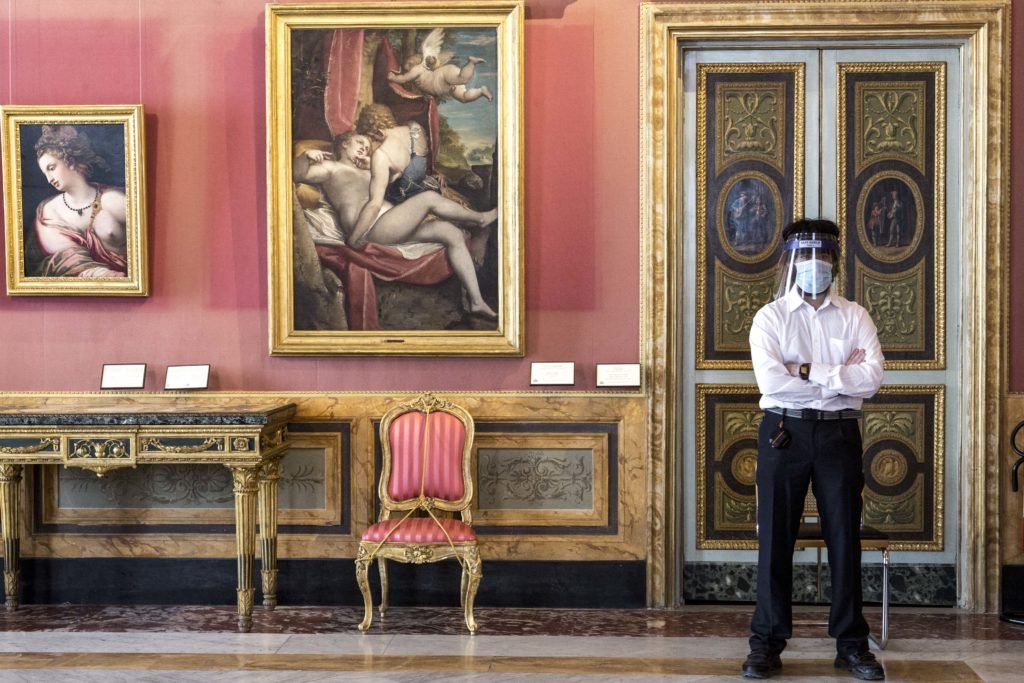
“Humanity” Is Not the Answer
Museums will struggle to change so long as they think the solution to the current crisis is “empathy” or revealing our “shared humanity.”
Part of the problem is that the terms are context- and use- dependent. They are derivative and interact in complex ways with other beliefs about culture, language, art, and stereotypes.
As an example, showcasing cultural heritage has been a part of museum mission statements since the 19th century, yet racist, classist ideas were still considered fully compliant with Enlightenment ideals about our “shared humanity.”
The notion of humanity has itself been defined as if it were neutral, when in practice it largely excluded non-white peoples. As long as museums guide their initiatives in terms of abstractions and not in terms of critically looking at race, class, and gender discrimination and history, they will struggle to make the changes needed to address our crisis.

The Powerful Sway of Modernism
Celebrated, largely white and male Modern artists, such as Pablo Picasso, continue to be the highlights of many art museum collections.
Largely, these works are displayed uncritically: expertly lit against white backgrounds, the only thing coming between the viewer and direct contemplation of the art object is a discretely placed wall label. Thus, critical discussions of racism and sexism are all but banished from relevance.
Race and otherness were significant not only in crafting Picasso’s subject matter (African and Iberian masks inspired his Les Demoiselles d’Avignon), but also his overall artistic ethos. Modern artists like Picasso and Joan Miró believed that simplified, expressive brush strokes and colors reflected a way of being that was more primitive and more in touch with one’s inner nature—qualities they saw exemplified by particular types of tribal art.
Displaying the work of these artists without the context of a racist Primitivism is whitewashing history. Yet museums too often remain under the spell of a historiography that portrays these artists as epitomes of innovation, as if it is simple to separate their artistic merit from their problematic beliefs about African and European cultures.
I hope that, with its own blind spots, this essay can help push the conversations happening about museums in a less-traveled direction. The above points are not so much about equal representation in museums (which is important), but the process of representation—the how of representation.
Change will involve reaching across departments, but also structurally changing the museum itself. I also hope that casual museum-goers and art lovers find some of their own experiences reframed and questioned, prompting them to the kind of productive conflicts of opinion that remain an important aspect of coping with turbulent times.
Aaron Ambroso is the Post-graduate Interpretive Fellow at the Museum of Fine Arts, Houston.